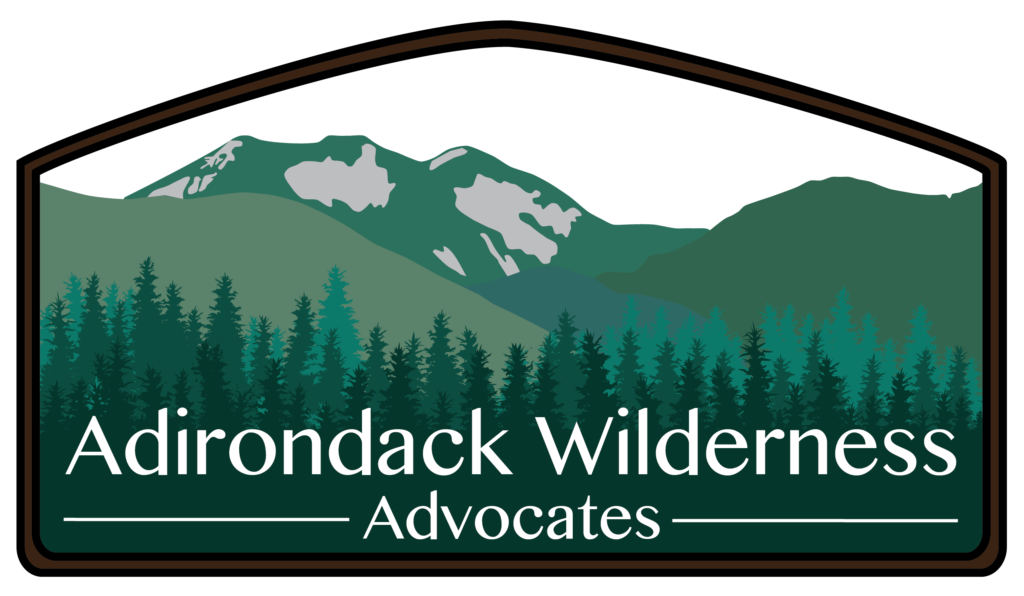She was a pit bull, a tough dog by her own estimation and not one to pass up an adventure. The Hunter of Frogs, the Chewer of Sticks, the Champion of Tug-of-War, a dog with an 0-for-3 score to settle with the porcupines. But here she was being undone by half a mile of ice.
AWA in 2021: Looking Back at Our Most Popular Posts
With yet another year in the record books, we took a look at the past twelve months to review the posts that resonated the most with our followers.
All the Places I Have Never Been
Writer/photographer Bill Ingersoll shares a memorable experience from a snowshoe hike on New Years Day 2009.
Paul Schaefer’s Winter Ascent
Part 3 of 3 Automobiles enabled a new generation of suburbanites from the Mohawk and Hudson valley regions to begin visiting the mountains more frequently. Some of these people acquired rustic cabins built by the early homesteaders and converted them into camps. Paul Schaefer, a contractor from Schenectady, was one such person.
The Era of Referendum and Recall
It seems to me that a decision concerning the best management or ownership for Follensby Pond is one that will require plenty of study and deliberation, with the help of a goodly number of “citizen watchdogs.”
Making the Call for Wilderness
It’s a simple thing to do, taking no more than a minute of one’s time. We must let our new governor know that making Follensby Pond “forever wild” is our preferred outcome – that the tract has been locked up long enough.
Examining Hiker Dispersal: What’s Next
ne of the issues AWA is working on is dispersal: the strategy of redirecting hikers from busier to lesser-used trailheads. We started with an informal survey sent to our supporters, to help us gain additional perspective on hikers’ views of dispersal. We learned quite a bit from…
Leading the Way on Adaptive Management
The Paint Mine and the Tower
Part 2 of 3 Locals regarded Crane and Huckleberry mountains as places to pick berries—specifically blackberries, raspberries, and huckleberries (blueberries)—as well as a source of paint pigment and other minerals. Outsiders, however, viewed the mountain in terms of its recreational potential.
The Lady of Crane Mountain
Part 1 of 3 The former Crane Mountain guide and log skidder also returned annually to the Adirondacks, where she continued to feel a connection to the rugged landscape and the people who sought a living there.
Stewardship within the Adirondack Park
Have a Little Faith in the Forest Preserve
The Forest Preserve has been and will continue to be the best tool we have in the Adirondacks to keep land – and the community of life it supports – in a “forever wild” state. Now is not the time to lose faith, nor to indulge in the conceit that nature is static and can be kept unchanged under a glass bubble. The Follensby Pond Tract needs to be added to the cultural and natural heritage we call the Forest Preserve, and the public needs to be invested in its future.












